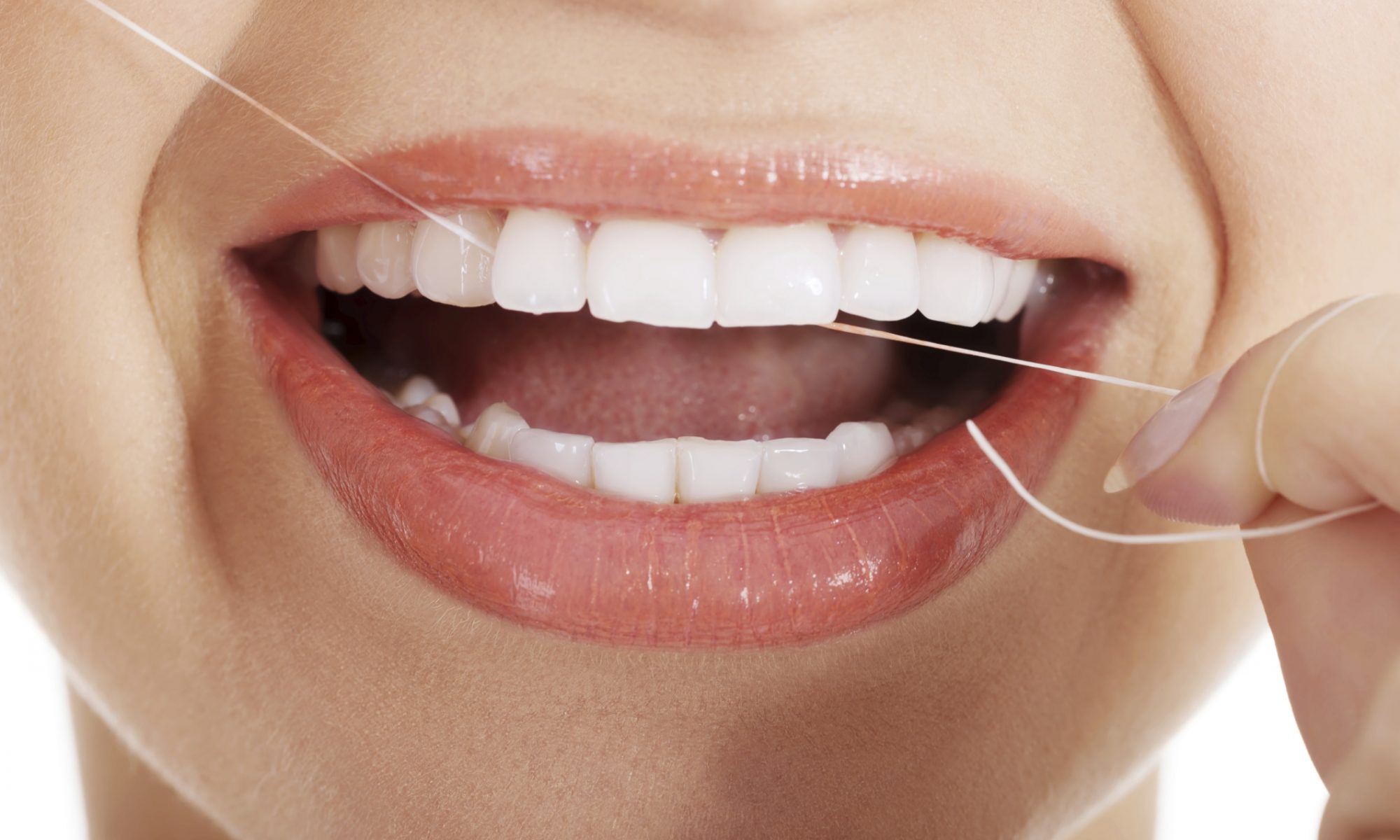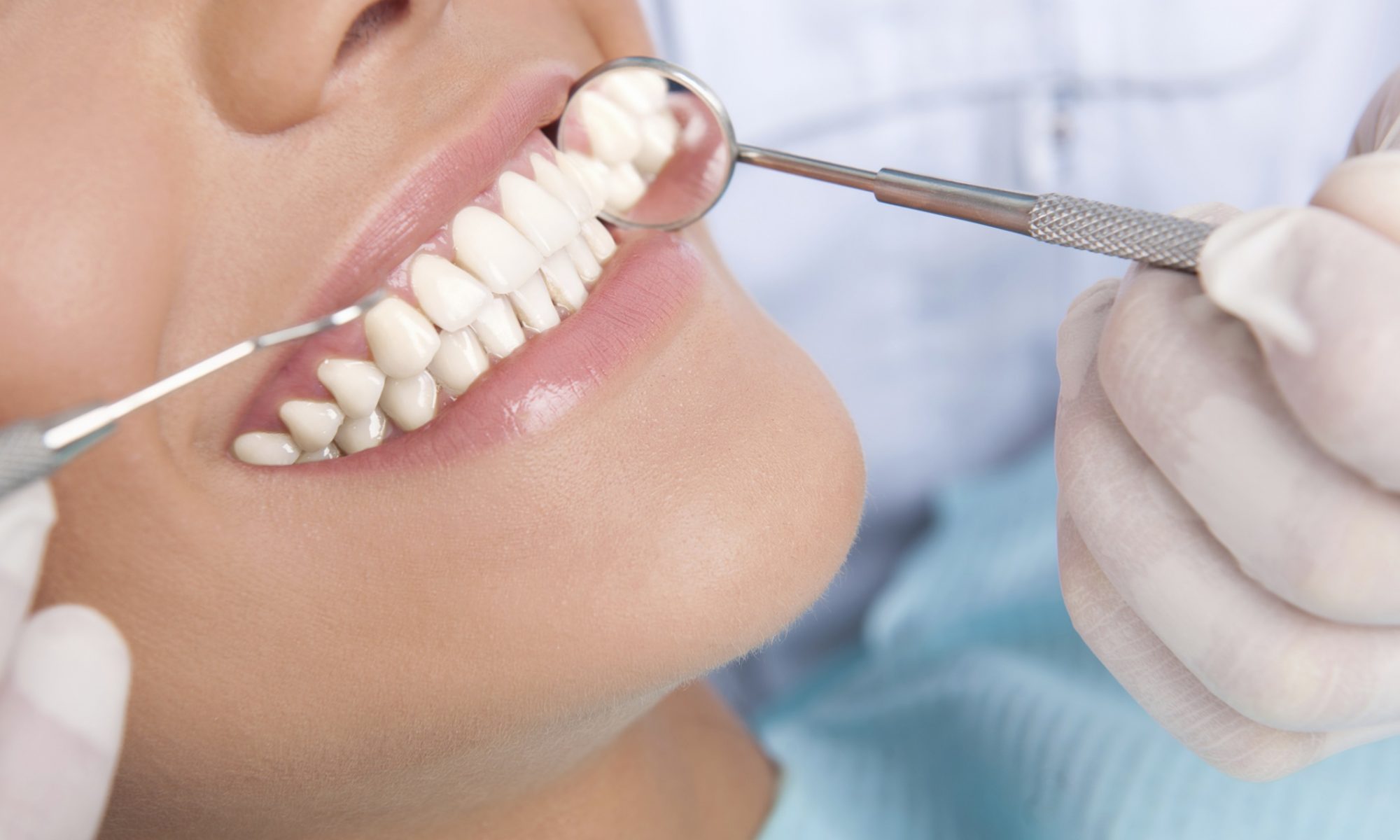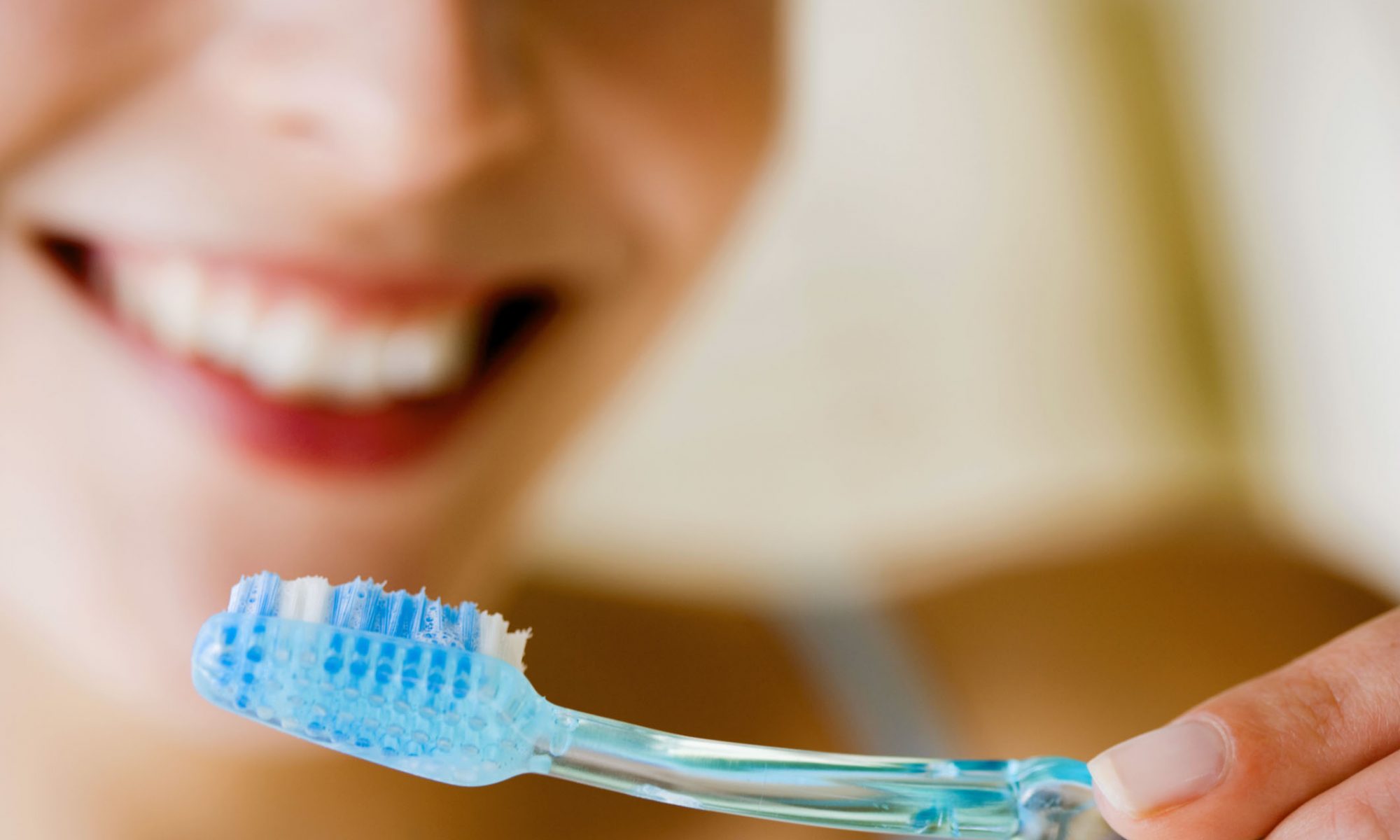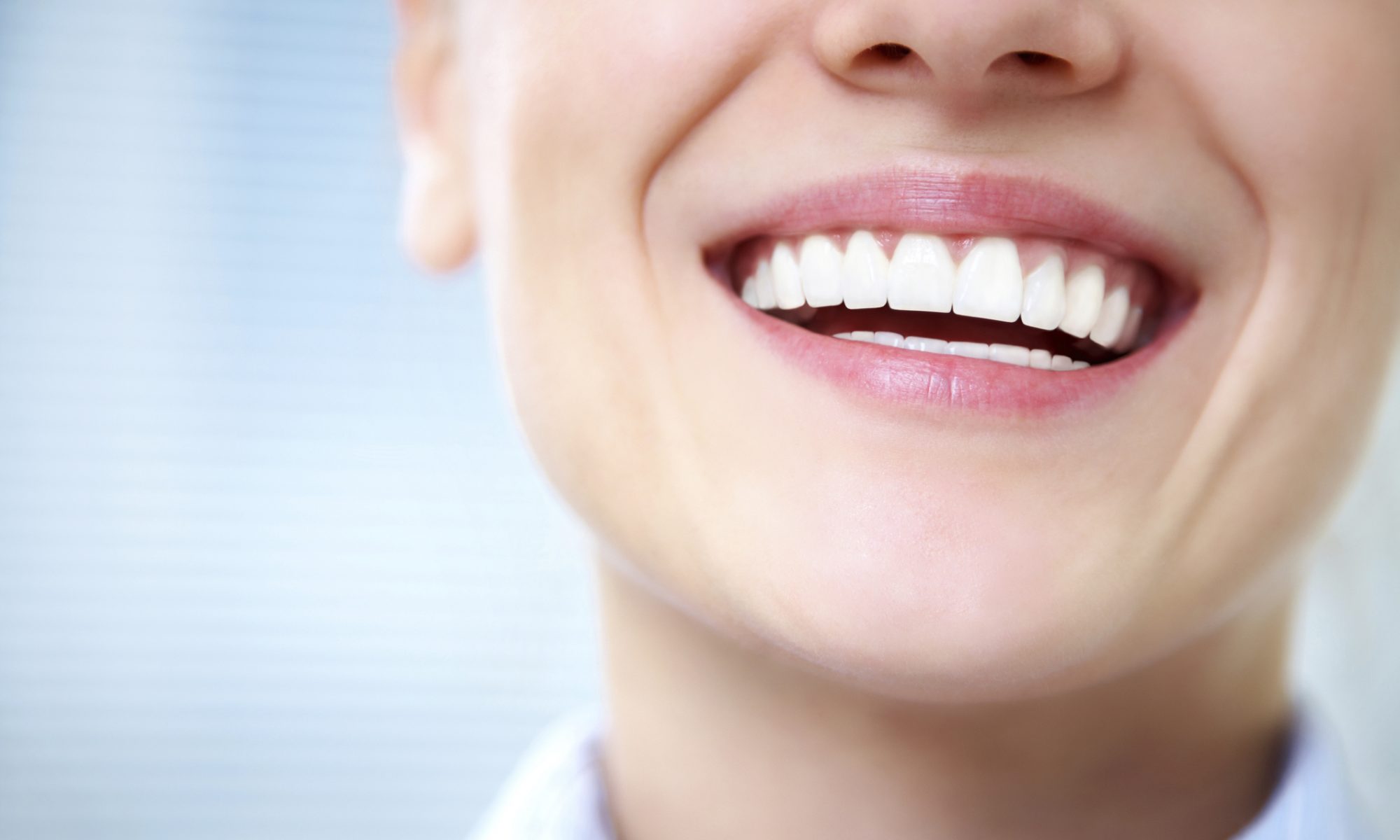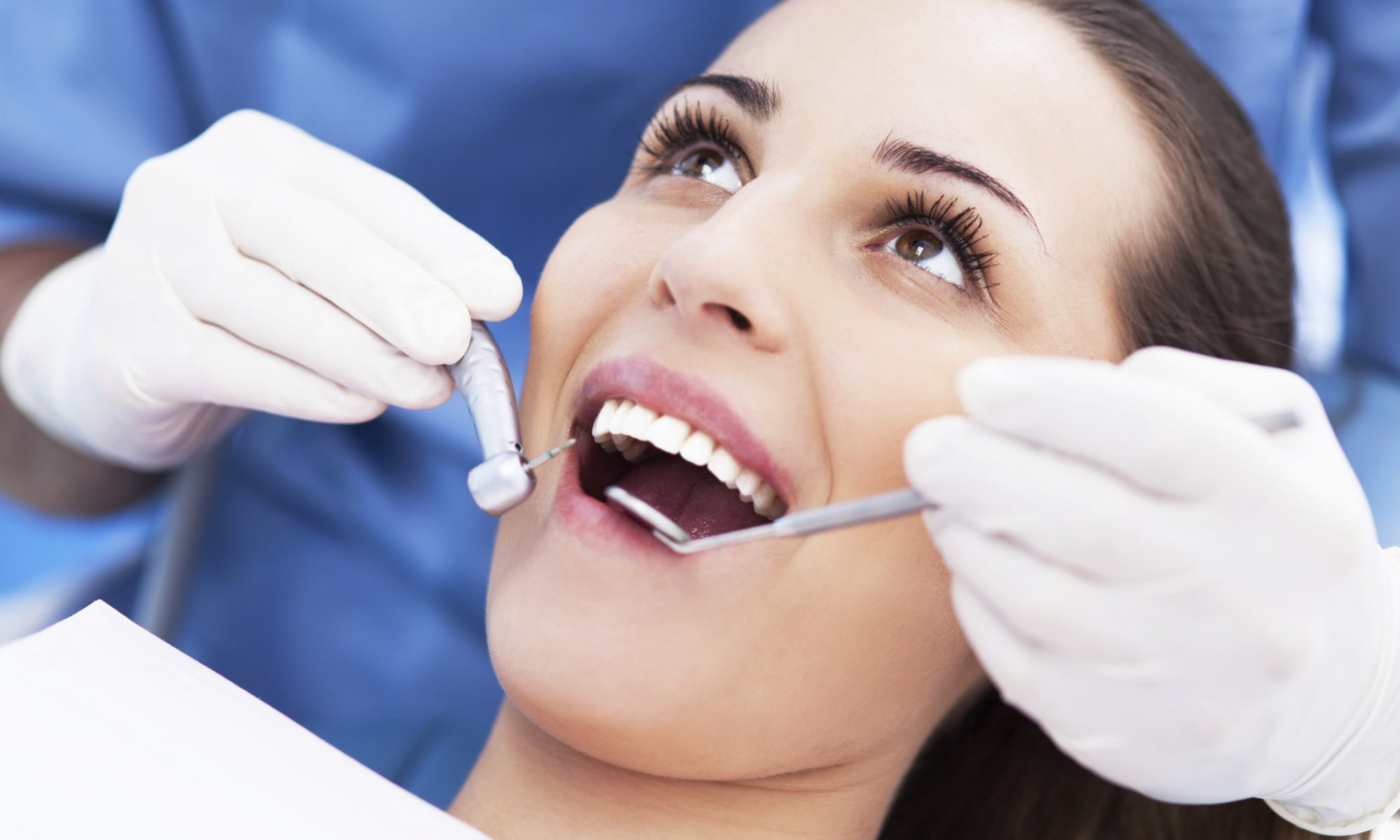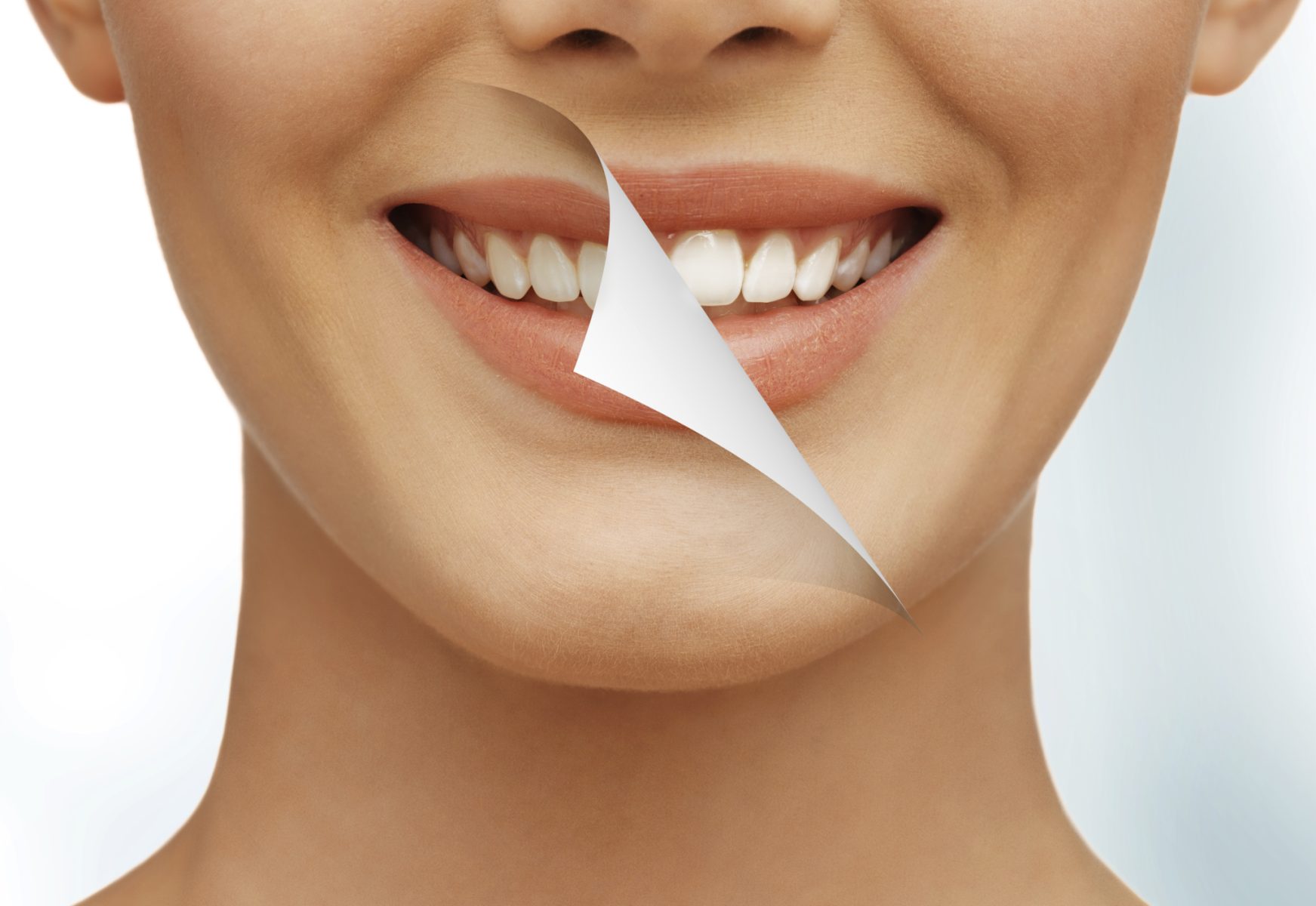Dentistry, an indispensable aspect of healthcare, has a rich and fascinating history that spans centuries. The evolution of dental practices reflects not only advancements in medical knowledge but also cultural shifts and technological progress. Join us on a journey through time as we explore the milestones and transformations that have shaped the field of dentistry over the past 350 years.
- Ancient Beginnings (1700 BC – 500 AD):
- Dentistry’s roots trace back to ancient civilizations, where early cultures developed rudimentary dental techniques. The Etruscans, Egyptians, and Greeks were among the first to recognize the importance of oral health. Tooth extraction, using primitive tools, was a common practice during this era.
- The Middle Ages (500 AD – 1500 AD):
- Dental knowledge took a backseat during the Middle Ages, with superstitions often overshadowing scientific understanding. Barbers, not trained dentists, were responsible for tooth extractions, leading to a blend of medical and cosmetic practices.
- The Renaissance (1500 AD – 1700 AD):
- As the Renaissance unfolded, so did a renewed interest in scientific inquiry. The era saw the publication of influential dental texts and the establishment of barber-surgeon guilds. Ambroise Paré, a French barber-surgeon, contributed to dental advancements with his innovative prosthetic dentures.
- The 18th Century: Dentistry as a Distinct Profession (1700 AD – 1800 AD):
- The 18th century marked the emergence of dentistry as a separate profession. Pierre Fauchard, often hailed as the “father of modern dentistry,” published “The Surgeon Dentist,” a comprehensive guide that laid the groundwork for dental practices. The era also witnessed the introduction of dental chairs for patient comfort.
- The 19th Century: Technological Advancements and Formal Education (1800 AD – 1900 AD):
- The 19th century brought significant technological strides to dentistry, including the invention of the dental drill and the introduction of anesthesia for dental procedures. Dental schools were established, formalizing education for aspiring dentists. This period set the stage for the professionalization of dentistry.
- The 20th Century: A Century of Innovation (1900 AD – 2000 AD):
- The 20th century witnessed a surge in technological innovation, transforming the practice of dentistry. X-rays revolutionized diagnostics, fluoride gained recognition for its role in preventing tooth decay, and the development of dental implants provided a groundbreaking solution for missing teeth. Cosmetic dentistry also gained prominence during this era.
- The 21st Century: Digital Dentistry and Beyond (2000 AD – Present):
- The 21st century has seen a rapid integration of digital technologies into dentistry. Digital imaging, 3D printing, and computer-aided design have enhanced diagnosis and treatment planning. Minimally invasive techniques, laser dentistry, and tele-dentistry have become integral components of modern dental practices.
The history of dentistry is a testament to human ingenuity and our relentless pursuit of better health. From ancient tooth extractions to sophisticated digital technologies, dentistry has evolved into a dynamic and essential field. As we continue to innovate and adapt, one thing remains constant—the commitment to preserving the health and beauty of our smiles.
For more information, call Dr. Ladani in Schnecksville, PA at 610-799-0600 or visit www.extraordinarysmiles.net.
Dr. Sandip Ladani proudly serves patients from Schnecksville and all surrounding areas.

